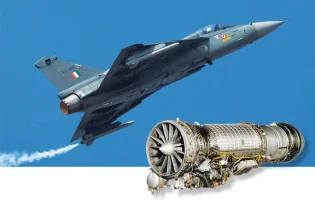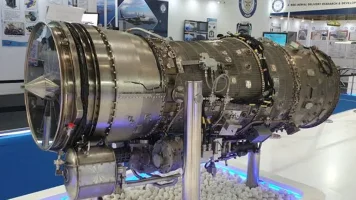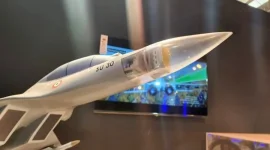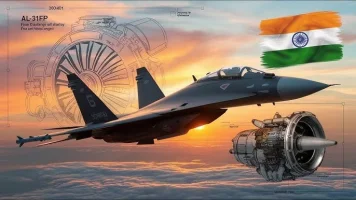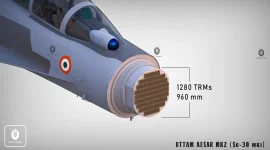- Views: 1K
- Replies: 11
In a move that highlights a user-focused approach to military hardware development, the Aeronautical Development Agency (ADA) has confirmed that the cockpit for the upcoming Twin Engine Deck Based Fighter (TEDBF) is being designed entirely based on feedback from Indian Navy pilots.
This strategy aims to maximise pilot comfort and operational effectiveness in the high-stakes environment of carrier-based aviation. This revelation was made by Dr. Amitabh Saraf, who has recently taken leadership of the agency as its Director and the Programme Director for Combat Aircraft.
The TEDBF is a landmark programme for India's indigenous defence sector, tasked with creating a modern, multi-role fighter to operate from the Indian Navy's aircraft carriers. Dr. Saraf emphasised that the direct involvement of naval aviators is central to the project's design philosophy.
"The cockpit of the TEDBF has been designed with direct inputs from our Naval Aviators to ensure it is both user-friendly and optimized for their operational efficiency," he stated.
This collaborative process is intended to reduce pilot workload, improve situational awareness, and ensure comfort during long and demanding missions.
At the heart of the TEDBF's design is an advanced human-machine interface (HMI) and cutting-edge ergonomics. By integrating feedback from experienced pilots, ADA is developing a cockpit with intuitive controls, superior visibility, and a seamless fusion of critical flight and combat data.
Modern systems likely to be included are large-area displays, touch-screen controls, and helmet-mounted display systems, which present information directly in the pilot’s line of sight.
This pilot-centric approach is crucial for simplifying complex tasks, allowing aviators to manage the aircraft with greater precision and confidence during carrier landings and combat scenarios.
Dr. Saraf's appointment comes at a crucial time for India's aerospace ambitions, as ADA simultaneously advances other key projects like the 5th-generation Advanced Medium Combat Aircraft (AMCA).
His leadership is expected to drive these indigenous programmes forward, with the TEDBF representing a significant step towards self-reliance in defence. The new fighter jet is slated to replace the Indian Navy's existing fleet of MiG-29K aircraft, bolstering the nation's maritime power projection capabilities.
The focus on a pilot-driven design for the TEDBF demonstrates a mature and practical approach by ADA. By building an aircraft tailored to the specific needs and challenges faced by its operators, the agency aims to deliver a world-class naval fighter that not only meets but exceeds the operational requirements of the Indian armed forces, strengthening India's strategic defence posture.

